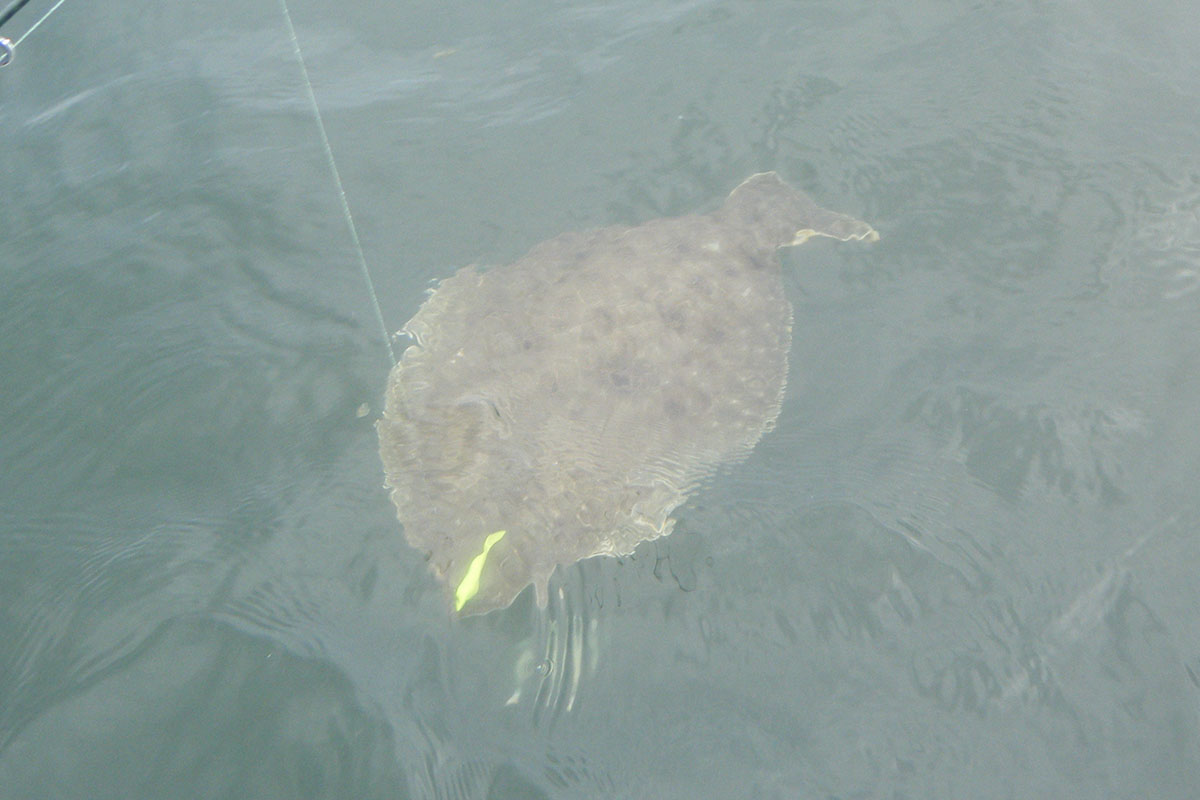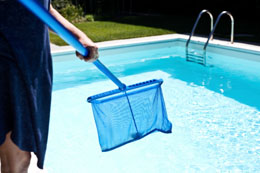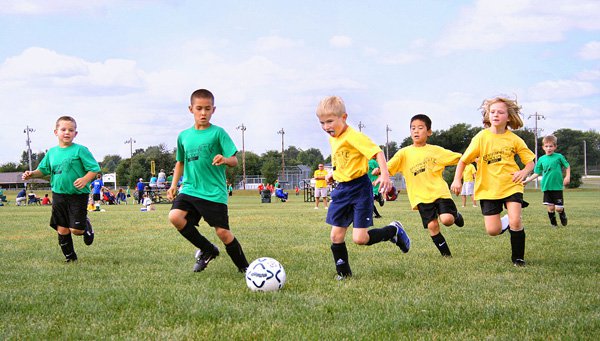bunt defense - college level
Question
runners on 1st and 2nd no outs. preferred method to defense bunt under normal circumstances. responsibilities of each infielder.
Answer
The main goal of any bunt defense is to get an out. Each of your bunt defenses is designed to get an out at a certain base. If getting that out is not possible, you must get the batter out. Many big innings occur when a defensive team does not get an out in a sacrifice-bunt situation.
The key to running a good bunt defense is having the fielder make the correct decision about where to throw the ball. The bunted ball will dictate which base to throw the ball to. All bunt defenses should be put on by the catcher, who gets the play from the coach.
Bunt defenses start with the pitcher throwing a strike on the lower part of the plate, a pitch that is hard to bunt. A large percentage of pitches thrown up in the strike zone are called balls, so pitching high tends to lead to walks in the bunting situations. In addition, a ball up is more vulnerable to be hit hard. That becomes a factor if the bunter pulls back to hit. A strike is important in this situation because if the bunter takes the pitch, the offense will see your defense. They may then change the direction of the bunt, execute a hit-and-run, fake bunt and slash, or do any number of things.
A missed bunt is a great opportunity to pick off a base runner. Many base runners tend to overextend their secondary leads in bunt situations. Catchers should look for those opportunities.
You can try several maneuvers to see if a team is bunting or not. You can have your pitcher go to a long count and step back, use the inside move at second base, or try a pickoff attempt.
Responsibilities for infielders with runners on 1st & 2nd with no outs...
Catcher
Field any ball that is in front of you that you can get to before or at the same time as the pitcher or first baseman. You have an easier throw since your momentum is moving you towards the field. Chances are if you and any fielder are going to arrive at the bunted ball at the same time, then there will most likely only be a play at first base. Remember, you are in charge of where the ball is to be thrown. The goal is to try and get the out at third, but on a ball that is bunted well, you may have to call for the ball to go to first.
Third Baseman
You will break towards home early as the pitcher is completing his stretch. The idea is to make the hitter think that the third baseman is coming in hard. As the pitcher delivers the pitch to the plate, the third baseman will stop and start backing up towards third. He can't run strait to third because he will still have to field any ball that is bunted hard enough that the pitcher can't get to it. Once the ball is bunted, he will get back to cover third base.
Pitcher
Pitcher will charge on the third base side of the infield. That half is his responsibility.
First Baseman
In this situation, position yourself as if you're holding the runner at first. As the pitcher takes his stretch, start creeping in toward home and break as he starts his delivery. Since the pitcher is covering the third base side of the infield, you will need to cover from the foul line to the mound.
Second Baseman
You will be covering first on the play.
Shortstop
Described above. Covering second base.
Hope this helps,
Pat Rigsby
www.baseball-university.com
Perfecting my swing?
hit by a ball in play


